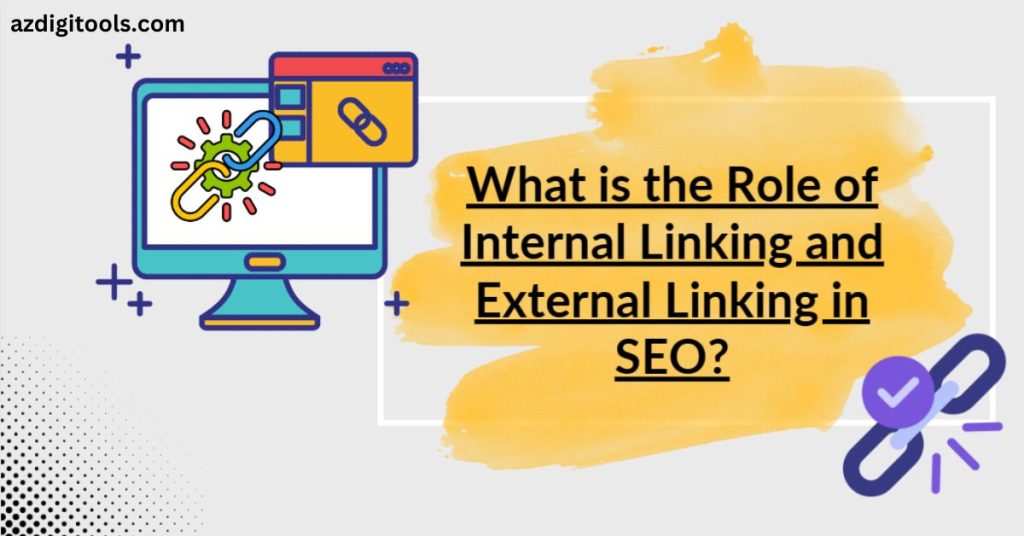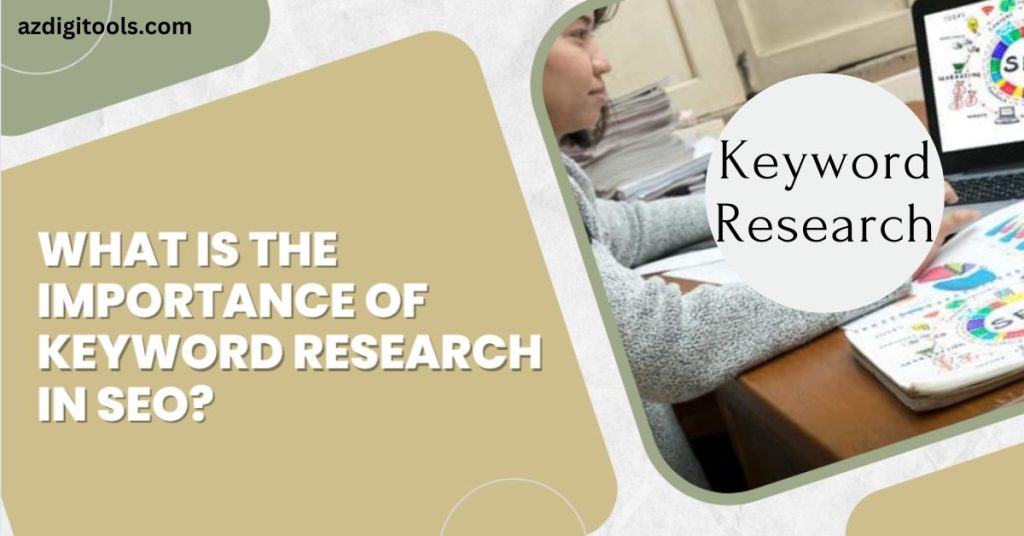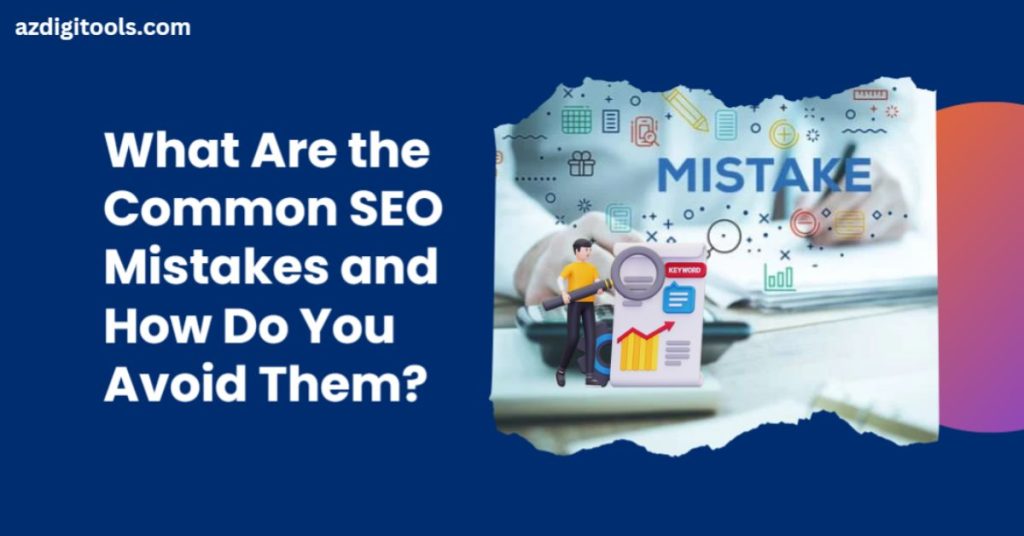
Internal links help search engines understand your site structure and hierarchy. In addition, using descriptive anchor text allows you to signal to Google what each page is about while prioritizing important pages.
External links, on the other hand, refer to websites outside your own. They offer additional context and support while increasing the quality and value of your content for both readers and search engines.
Internal Linking for Site Structure
Website owners desire a logical structure and layout on their sites. Internal linking helps establish this logical hierarchy, making it easy for search engines to index content easily while prioritizing resources for important pages – helping improve rankings as a result.
Internal links can also help reduce your bounce rate by encouraging users to explore your content more deeply, which increases session duration and can influence search engines when ranking your site.
Internal links can also be a powerful way of supporting claims or providing additional information on topics of high search volume keywords, helping strengthen content by offering further resources that support it.
Internal linking is an integral component of SEO as it enhances the user experience while increasing value per piece of your content – but don’t expect quick fixes – regular maintenance and optimization are required for optimal effectiveness.
Spreads Link Equity
Spreading link equity across your website pages is key for increasing their ranking potential, and internal links are an ideal way of doing just that.
Internal links, also known as intradomain links, are hyperlinks pointing back to pages within the same domain of their source as targets of internal links. They help establish information hierarchy while spreading link equity or ranking power around websites.
Internal links play an essential role in making it easy for visitors to navigate your site, leading them to engage with more content, reduce bounce rates, and extend dwell times – ultimately positively impacting search engine rankings.
Internal links can help increase content discoverability. They allow search engines to crawl your pages, as well as distribute link equity and boost page authority by linking from lower-ranking pages to higher ones – especially useful when targeting mid-search-volume keywords that may not be easy to hit with just external links, such as category pages or blog-style posts.
Enhances User Experience
Internal links play a pivotal role in SEO by providing users with an easier and more intuitive way of navigating your site, increasing user engagement while simultaneously decreasing bounce rates, both of which have positive effects on search engine rankings.
Internal linking helps spread link authority (also referred to as “link juice”) evenly across your site. When pages with numerous internal links appear more authoritative to Google than pages without any, it’s crucial that internal linking be implemented strategically so that each page receives an equitable share of this authority.
One effective method for doing this is creating a breadcrumb trail on your website, which shows visitors how they got to specific pages. Another approach would be linking relevant content on pages with higher traffic or conversions to relevant pages on your own website; this will encourage viewers to stay longer on your site, potentially even becoming customers or followers!
Aids in Indexing and Crawling
Internal links to a website can play an essential role in establishing its credibility. When pages within their own domain link to one another, search engines recognize it as being authoritative on that topic area. Also, using internal linking as an information hierarchy tool improves user navigation and user experience on sites.
Utilizing descriptive anchor text when linking internal pages can help search engines understand what they represent. For instance, linking each product page to a service guide detailing how to fit a bicycle provides context and relevance that allow search engines to recognize that it’s more valuable and boost its rankings accordingly.
However, anchor text must avoid keyword stuffing – as search engines could penalize this as spamming. Furthermore, internal linking combined with other SEO techniques – like updating old content – may increase the chance that older pages rank higher in SERPs.
Strengthens Keyword Relevance
Used correctly, internal links can greatly enhance the topical relevance of your website’s content. Each link passes on some of its authority to the page it links to; additionally, using keywords as anchor text helps search engines such as Google understand what type of page they link to.
If your service page addresses tree stump removal, link out to a blog post about tree trimming on each page of that service section in order to transfer some of its authority onto that post and increase its chances of ranking for its related keyword.
However, it is important to remember that overuse of internal links can hinder SEO efforts, as automated tools may generate too many unnatural or irrelevant links, leading to an unpleasant user experience and poor search rankings. Therefore, manual linking provides you with more control over your overall internal linking strategy.
External Linking for Credibility
Market Brew offers tools that help you manage and monitor the external link profile, helping maintain an ideal mix of do-follow and nofollow links for optimal SEO performance.
Internal links provide search engines with relevancy cues that help them understand the context and relevance of web pages to user searches. For instance, using exact match keywords as anchor text on internal links gives search engines a better picture of what the linked page contains.
Internal links can enhance the user experience of any website by making information more easily navigable for visitors, creating a clear hierarchy among pages, and encouraging longer stays on each site with more engagement, which increases chances of conversion and revenue generation for your company.
Furthermore, they help lower bounce rates by keeping visitors on your page longer – keeping people engaged longer on your website can reduce bounce rates significantly!
Community and Networking
Building a community around SEO can help expand your business while staying abreast of the latest developments and changes within search engine marketing. Sharing knowledge and insights allows you to identify opportunities as well as collaborate with other SEOs to strengthen networks.
Content marketing and other SEO techniques often focus on driving blog post traffic; however, high volumes of traffic alone won’t suffice in growing a business; to expand further requires redirecting users from high-traffic pages onto landing or conversion pages using internal linking, combined with other website optimization practices like site structure and user experience optimization practices.
An internal link is any hyperlink within a domain that directs visitors to another page on that same domain. Internal links create a logical hierarchy on websites by spreading link equity (also referred to as “link juice”) evenly throughout. By linking pages using relevant anchor text, they can signal search engines the importance and relevancy of pages in their hierarchy.
Final Words
Internal and external links both play an essential role in SEO, yet their roles differ considerably. Internal links connect pages on one website, while external ones point to content hosted on different ones. Each has its benefits that must be used strategically to maximize website effectiveness.
Internal links are essential to SEO as they help search engines understand the structure and hierarchy of a site while also providing site owners with an opportunity to share link equity across pages on their website, ultimately improving performance on those pages. Internal links come in many forms, from menu navigation and contextual links within content to footer or sidebar links.
But the most effective internal links are often those incorporated directly into body text with relevant text surrounding them – these ensure users see where to click while simultaneously signaling to search engines that the page is important and relevant, helping reduce bounce rates while enhancing user experience and making your pages more search engine accessible, potentially increasing rankings.





